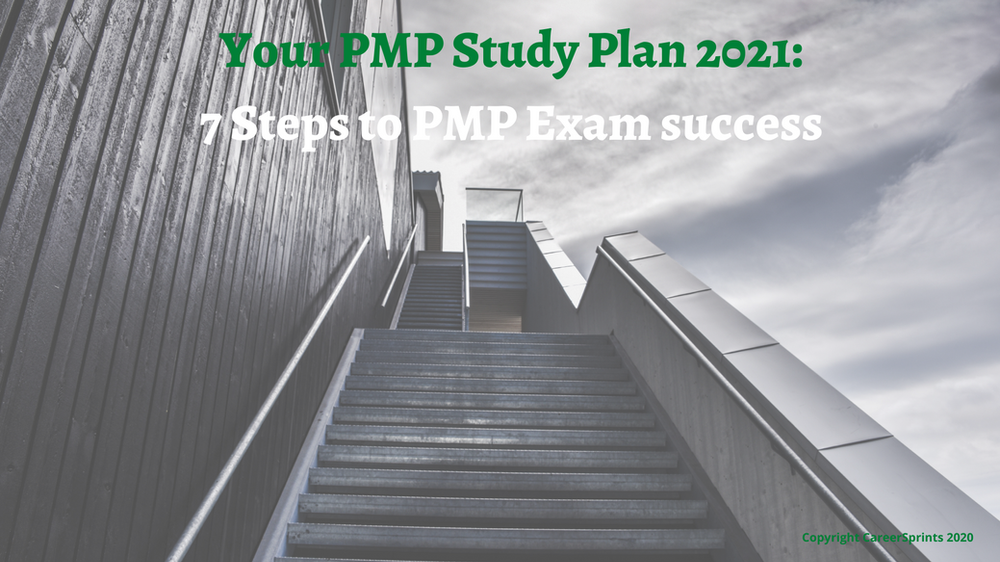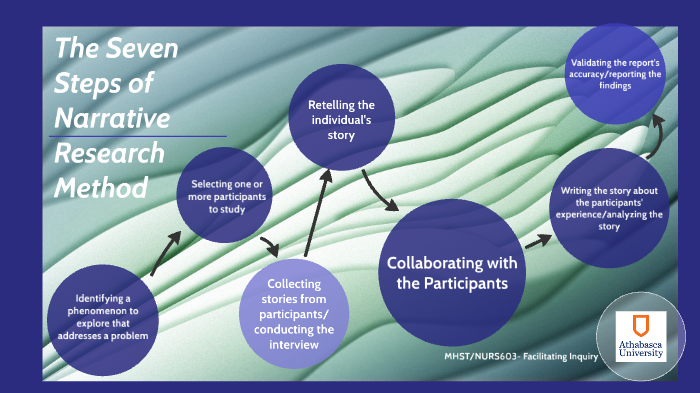Design An Expert Study Plan: 7 Easy Steps

Designing an effective study plan is crucial for achieving academic success and making the most of your time. Whether you're a student preparing for exams or someone looking to enhance their knowledge, a well-structured study plan can greatly improve your learning experience. In this blog post, we will guide you through seven easy steps to create an expert study plan tailored to your needs.
Step 1: Identify Your Learning Goals

Before diving into your study plan, it's essential to have a clear understanding of what you want to achieve. Define your short-term and long-term learning goals. Are you preparing for a specific exam? Do you want to improve your overall understanding of a subject? Setting specific goals will help you stay focused and motivated throughout your study journey.
Consider breaking down your goals into smaller, achievable milestones. For instance, if you're studying for a history exam, you might set a goal to master a certain period or a specific set of historical events by a certain date.
Step 2: Assess Your Current Knowledge

Evaluate your current level of understanding in the subject or topics you plan to study. This assessment will help you identify your strengths and weaknesses. You can use practice tests, quizzes, or even simple self-reflection to gauge your knowledge.
By understanding your current knowledge, you can prioritize the areas that require more attention and allocate your study time accordingly. It's important to be honest with yourself during this assessment to ensure an effective study plan.
Step 3: Gather Study Materials

Collect all the necessary resources and study materials you'll need for your learning journey. This may include textbooks, notes, online resources, study guides, or even recommended readings from your professor or instructor.
Organize your materials in a way that makes sense to you. Create a digital or physical filing system to easily access the information when needed. Having everything in one place will save you time and reduce the stress of searching for resources during your study sessions.
Step 4: Create a Study Schedule

Develop a realistic and flexible study schedule that fits your daily routine and commitments. Consider your available time slots and allocate specific hours for studying. Be mindful of your energy levels and productivity patterns; some people are more focused in the morning, while others prefer studying in the evening.
Use a planner, calendar, or study planner app to block out dedicated study time. Ensure you leave some buffer time in case unexpected events arise. Consistency is key, so try to stick to your schedule as much as possible.
Here's a sample study schedule to give you an idea:
| Time | Activity |
|---|---|
| 9:00 AM - 10:30 AM | Math Review |
| 10:30 AM - 11:00 AM | Break |
| 11:00 AM - 12:30 PM | English Literature Reading |
| 12:30 PM - 1:30 PM | Lunch Break |
| 1:30 PM - 3:00 PM | Science Experiment Preparation |
| 3:00 PM - 3:30 PM | Short Break |
| 3:30 PM - 5:00 PM | History Essay Writing |

Step 5: Break Down Your Study Sessions

Divide your study sessions into manageable chunks to maintain focus and prevent burnout. The Pomodoro Technique is a popular method that involves studying in focused 25-minute intervals followed by short breaks. After a few cycles, take a longer break to recharge.
For example, you can study for 25 minutes, take a 5-minute break, and then repeat this cycle three more times before taking a 30-minute break. This technique helps improve concentration and prevents mental fatigue.
Step 6: Utilize Effective Study Techniques

Explore and adopt study techniques that work best for your learning style. Here are some popular methods to consider:
- Active Reading: Engage with the material by highlighting important points, taking notes, and asking questions.
- Practice Questions: Solve practice problems or answer past exam questions to reinforce your understanding.
- Mind Mapping: Create visual representations of concepts to connect ideas and improve memory retention.
- Flashcards: Use flashcards to quiz yourself on key terms, definitions, or formulas.
- Group Study: Collaborate with peers to discuss and clarify concepts, and share different perspectives.
Experiment with different techniques to find what suits you best. Remember, a combination of techniques may be more effective than relying on just one method.
Step 7: Review and Adjust

Regularly review your progress and adjust your study plan as needed. Assess your understanding of the material and identify any areas that require further attention. Be flexible and make adjustments to your schedule and study techniques based on your performance and feedback.
Keep track of your progress by taking practice tests or quizzes. This will help you identify your strengths and weaknesses, allowing you to focus on areas that need improvement.
Additionally, seek feedback from your teachers or mentors. They can provide valuable insights and guidance to enhance your study plan and learning experience.
Conclusion

Creating an expert study plan is a personalized process that requires self-awareness and dedication. By following these seven steps, you can design a study plan that suits your learning style, goals, and schedule. Remember, an effective study plan is a powerful tool to help you succeed academically and develop a lifelong love for learning.
How often should I review my study plan?

+
It’s recommended to review your study plan at least once a week to assess your progress and make any necessary adjustments. Regular reviews ensure that your plan remains aligned with your goals and allows for flexibility as your understanding of the material evolves.
Can I combine different study techniques in one session?

+
Absolutely! Combining different study techniques can enhance your learning experience. For example, you can use active reading while taking notes, followed by creating mind maps to connect the concepts. Experimenting with various techniques will help you discover the most effective methods for your learning style.
What if I don’t have enough time to study all the subjects equally?

+
Prioritize your subjects based on their importance and your goals. Focus on the subjects that require more attention or have upcoming exams. However, try to allocate some time for all subjects to maintain a well-rounded understanding. Remember, even a little progress in each subject adds up over time.
How can I stay motivated during long study sessions?

+
Staying motivated can be challenging, but there are strategies to help. Set small, achievable goals within each study session to give yourself a sense of accomplishment. Take regular breaks to recharge your mind and body. Find a study buddy or join a study group to create a supportive environment. Additionally, reward yourself for reaching milestones to keep your motivation high.
Is it necessary to follow a strict study schedule every day?

+
While a study schedule provides structure and discipline, it’s not necessary to follow it rigidly every day. Life can be unpredictable, and unexpected events may arise. Be flexible and adapt your schedule as needed. The key is to maintain a consistent study routine and make progress towards your goals.



